Seems like right now all anybody can talk about is the Covid-19 coronavirus and its effects on our society. That begs the question, or questions, just what is a virus, how do they differ from other pathogenic organisms such as bacteria and what makes them such deadly diseases? Oh, and one more question, are they even living things?

In order to answer that last question we need to consider exactly what it means to be a living thing. What characteristics do living creatures exhibit that non-living things do not. Without getting too technical I think we can all agree on five characteristics.

One: All living things, whether plant or animal, ingest nutrients.
Second: Living things metabolize those nutrients.
With the energy gained from those nutrients living things:
Three: Grow
Four: Move
Five: And this is perhaps the most distinguishing characteristic of living things, they reproduce, using a part of their metabolism to create copies of themselves.
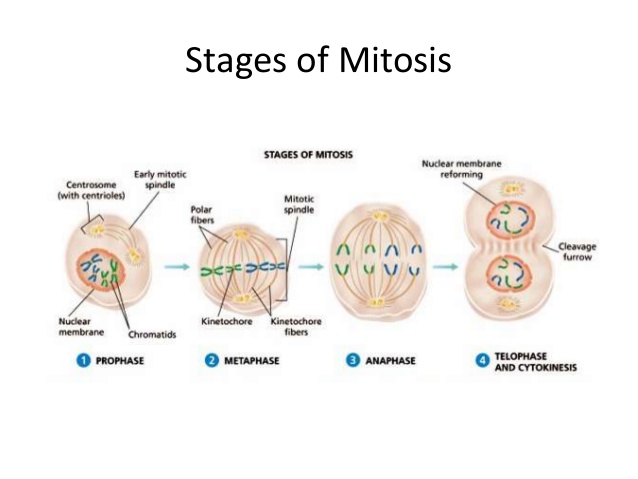
So what about viruses? Well first of all viruses do not ingest nutrients of any kind, ever. And without any nutrients viruses simply do not metabolize, at all. Without the material and energy provided by metabolism viruses neither grow nor move very much, we’ll see in a moment about the only kind of motion a virus is capable of.
So what do viruses do? They reproduce, but they can only do so parasitically inside a normal living cell. Basically once a virus is “born” it is little different from a tiny grain of sand or minute crystal, neither growing nor moving by itself.
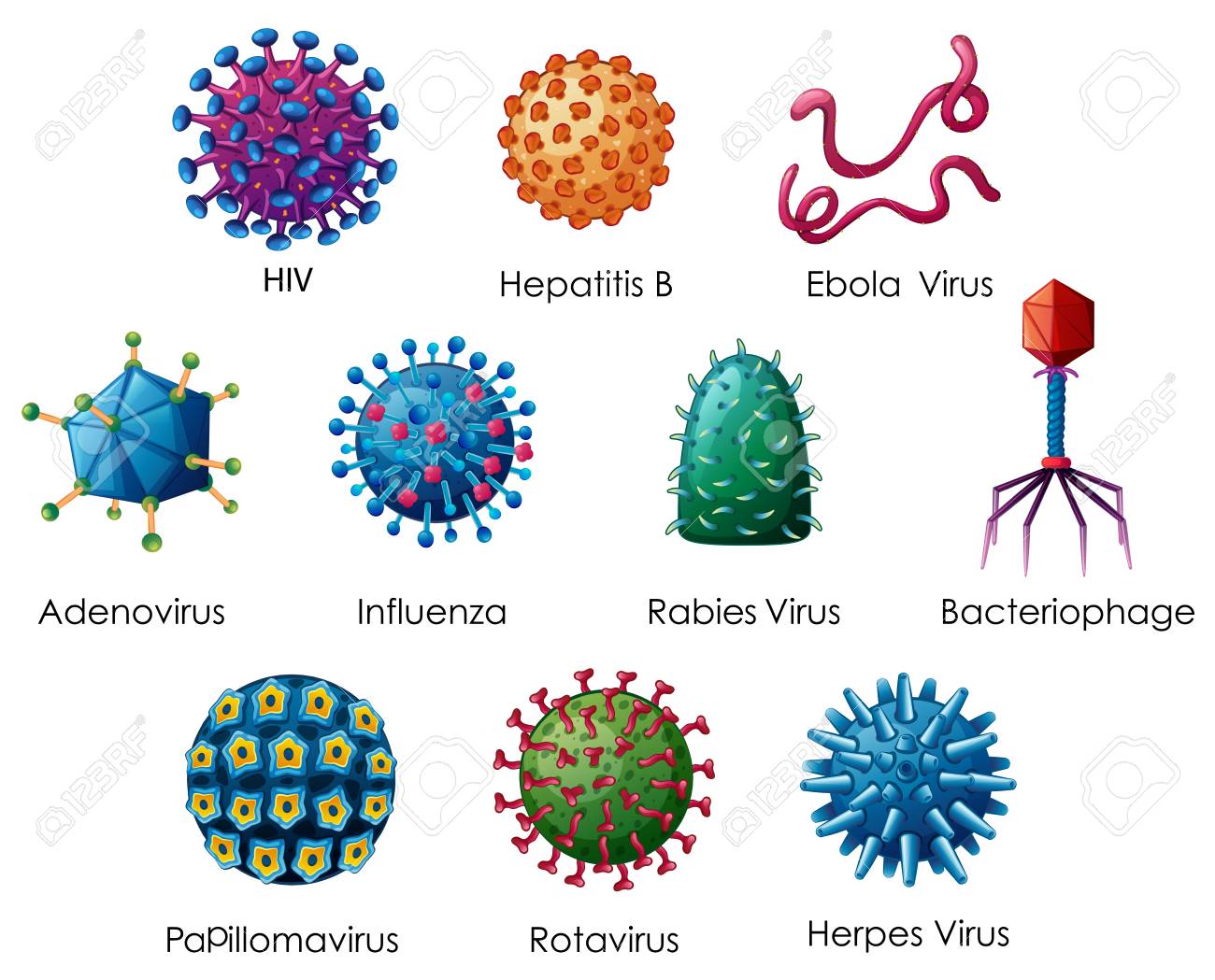
However, if a virus ever comes into contact with a living cell within which it is capable of reproduction it will grab that cell like a mousetrap snapping and inject its own genetic material into the cell. That grabbing, snapping and injecting are the only movements that the virus is ever capable of.
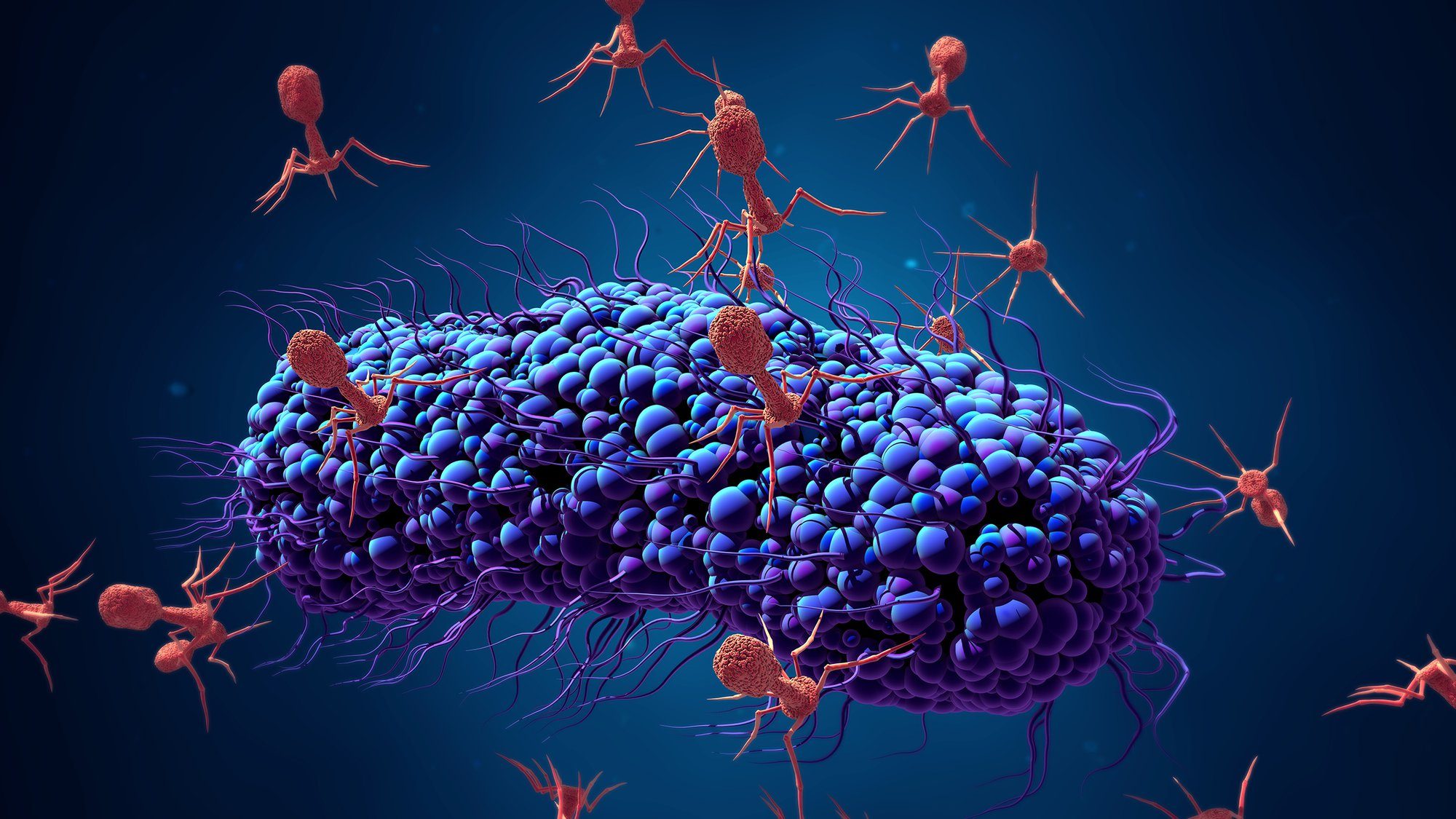
Once the genetic material is inside the host cell the virus takes over the cell’s life functions and uses the cell’s own metabolism to reproduce hundreds if not thousands of copies of itself. Eventually the host cell bursts apart releasing the new viruses so that they can infect other cells. Viruses are the ultimate parasite having given up all of life’s functions except reproduction and even requiring another life form to do that. Because of this many microbiologists regard viruses as “organisms at the edge of life” rather than true living things. By the way, since viruses do reproduce they are still able to evolve, just like a living thing!
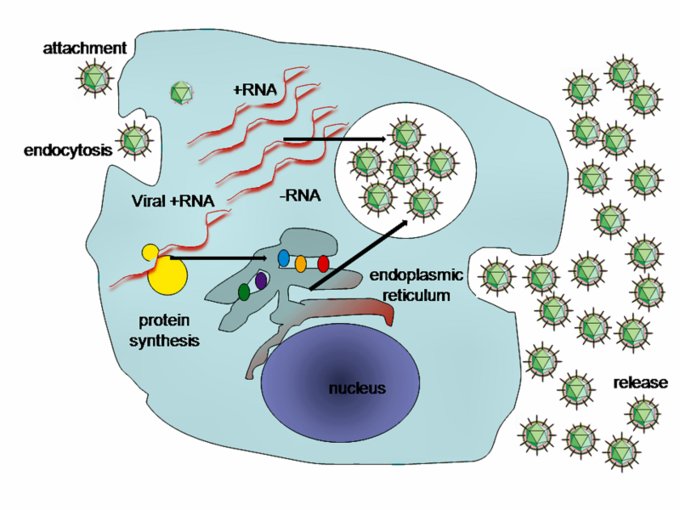
O’k, so if that’s the ‘life cycle’ of a virus, what are they physically? How do they manage to do what they do?
Well, physically viruses do have genetic material, which can either be in the form of DNA or RNA. All viruses will then have a shell of protein called a capsid surrounding the genetic material and protecting it. Additionally some viruses also have an envelope of fatty, lipid material around the proteins for further protection. That’s it, that’s all a virus consists of, and that’s why most viruses are so small, averaging only about 1/100th the size of a bacteria. In fact viruses are so small that the vast majority can only be seen with the high magnification possible in an electron microscope.

Now if you’re wondering how did viruses ever evolve to become such complete parasites, how did anything that’s part alive and part not alive ever come into existence? Well you’re not the only one; microbiologists have been debating that question ever since the first virus was discovered back in the 1890s. Currently there are three leading ideas for where viruses came from.
The first idea is that viruses were once more normal cells, probably like bacteria, that became parasitic on other cells for their reproduction. There are in fact bacteria; chlamydia is one example, which can only reproduce inside a host cell. These proto-viruses then would have abandoned all other life functions in order to concentrate on reproduction. Again there are numerous examples of parasites that do this in nature. A tape worm for example has no digestive system, since it lives in your stomach you do its digesting for it. That way it can put more of its metabolism into reproduction. Perhaps viruses went even further, completely giving up metabolism of any kind outside of its host cell.
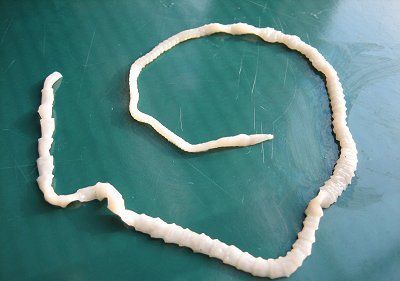
This idea has gotten a boost recently from a study led by Frank Aylward, Assistant Professor of Biological Science at Virginia Tech. Professor Aylward and his colleagues have been studying ‘Giant Viruses’, which are more then ten times the size of typical viruses. Carrying out a DNA analysis of the ‘Brown Tide Virus’ the researchers found genes directly related to metabolic processes, but why would organisms that don’t metabolize possess genes for metabolism?
Professor Aylward speculates that the virus uses the metabolic genes to better control the metabolism of the algae cells it infects. Still that leaves the question of where did a virus did metabolic genes from in the first place. One logical answer is that the metabolic genes were simply left over from the time when viruses were independent cells with a metabolism.
The second idea for a possible origin for viruses is that they evolved from ‘escaped’ bits of DNA or RNA outside of more normal cells. Such ‘Plasmids’ have been observed to move from one normal cell to another. Indeed single celled organisms like amoeba are occasionally known to exchange genetic material in this fashion. Perhaps some of these plasmids began to act for themselves, taking over the cell that absorbed them, becoming parasitic viruses in the process.
The final theory for the origin of viruses is simply that viruses evolved in parallel with normal living cells. The problem with this idea is that it’s logically difficult to understand how a proto-virus could use a proto-cell to make copies of itself if the proto-cell is still developing the processes needed to reproduce itself!
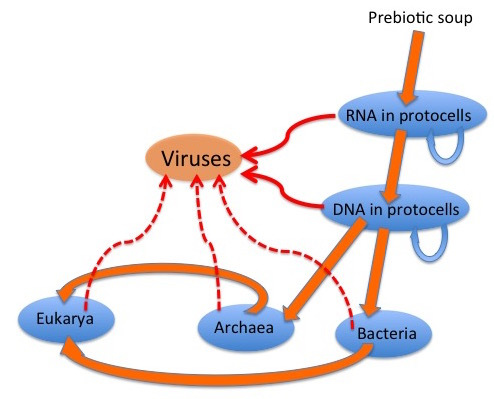
All three of these hypotheses have some evidence in their favour, all three have big problems. Which will turn out to be true will only become clear when more evidence can be gathered.
By the way if you’re wondering, since viruses are so different from living cells, maybe not even alive, how can we kill them? Well, I don’t want to get into a philosophical argument over whether viruses die or are destroyed but fortunately soap and or alcohol will shatter that protein coating they have, exposing the fragile DNA that quickly breaks up. A good reminder to wash your hands often and use hand sanitizer!
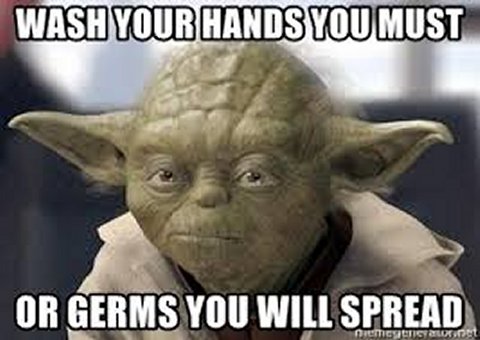
Most people I suppose pretty much equate viruses with bacteria, after all they both cause diseases in human beings and that’s what we really care about. Most bacteria however are actually beneficial, they spend their lives breaking down dead and decaying organic matter into nutrients that other living things, mostly plants, can ingest. Only a few species of bacteria attack living cells and thereby cause disease.
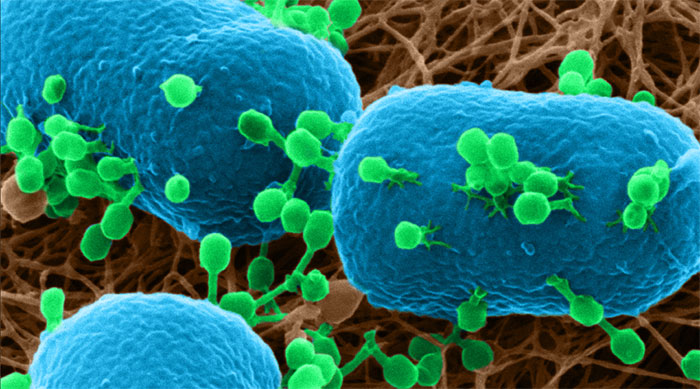
Viruses on the other hand are purely destructive. They don’t do anything other than reproduce and that reproduction requires the death of a living cell. They are the ultimate parasite.
